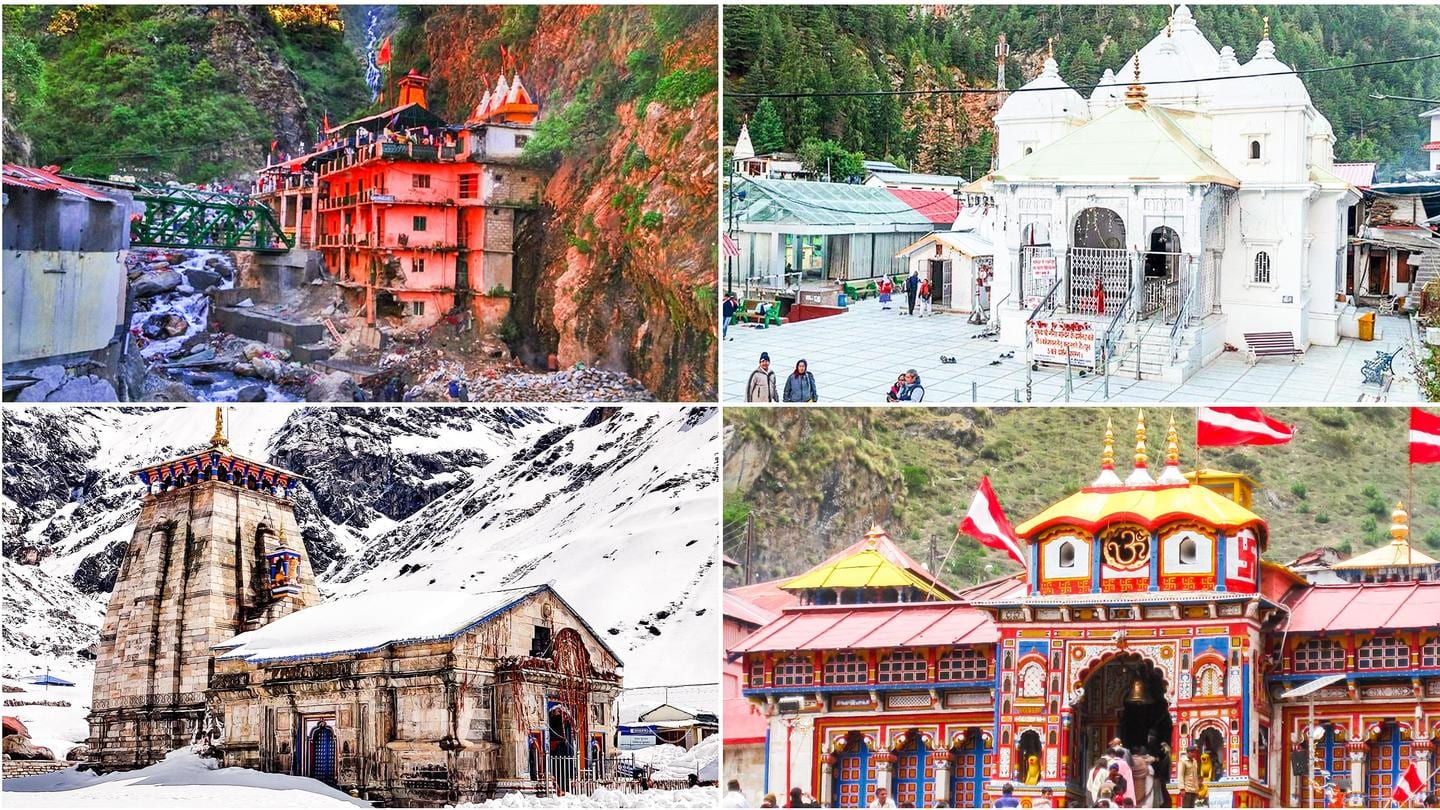
Char Dham Yatra: Health screening amid pilgrim deaths; details here
What's the story
Following the death of 39 pilgrims since the Char Dham Yatra commenced on May 3, the Uttarakhand government has started health screening of devotees at specific points on travel routes as well as at the entry and registration sites.
Director-General of Uttarakhand's Health Department, Dr. Shailja Bhatt, said the pilgrims died due to high blood pressure, heart-related issues, and mountain sickness.
CM Dhami's order
Health screening of passengers at specific camps along the route
Uttarakhand Chief Minister Pushkar Singh Dhami had on Friday instructed the State Health Department to start screening pilgrims.
Dr. Bhatt said, "Health screening of passengers has been started at Rishikesh ISBT registration site."
"A health screening camp has been set up at Pandukeshwar for the pilgrims of Dobata and Hina, and Badrinath Dham on the Yatra route of Yamunotri and Gangotri, respectively," she added.
Health checkups
Portable oxygen cylinders, doctors available at waiting rooms
Pilgrims who were found to have any physical illness at the screening camps were advised to rest or continue the onward journey only after becoming fit.
Uttarkashi District Magistrate Abhishek Ruhela on Sunday said along with health checkups, portable oxygen cylinders and doctors were also made available in the passenger waiting rooms so that pilgrims going to Yamunotri Dham don't face any issues.
Government's mandate
Yatra suspended for nearly two years due to COVID-19
The Char Dham Yatra commenced with the opening of Gangotri and Yamunotri portals for devotees on May 3, after remaining suspended for almost two years because of the COVID-19 pandemic.
The Kedarnath and Badrinath portals reopened on May 6 and May 8, respectively.
Notably, this year, it is not mandatory for pilgrims to carry a negative COVID-19 test report or a vaccination certificate.
Moksha
Controversy over pilgrim deaths
Meanwhile, Uttarakhand Congress leaders demanded an apology from state BJP spokesperson Shadab Shams who blamed COVID-19-related complications for the pilgrim deaths, triggering a row.
In a video that surfaced on Saturday, Shams was heard saying that pilgrims were hiding health issues and undertaking the journey believing they would attain "moksha."
In his defense, Shams said that he had only quoted officials.
Arduous pilgrimage
All four holy sites at high-altitude Himalayan regions
The Char Dham Yatra is an arduous pilgrimage with all four holy sites located in high-altitude Himalayan regions.
Yamunotri and Gangotri are in Uttarkashi, Kedarnath in Rudraprayag, and Badrinath in Chamoli.
The highest point is at an elevation of 11,700 feet, while the lowest is at around 10,200 feet.
All centers witness low humidity, high UV radiation, low air pressure, and low oxygen levels.
Symptoms
What is altitude sickness and who are at risk?
If one travels to a high altitude—especially beyond 8,000 feet—without letting the body acclimatize, one may experience altitude sickness.
Also called mountain sickness, symptoms include headache, vomiting, nausea, dizziness, fatigue, loss of energy, shortness of breath, problems with sleep, and loss of appetite.
People suffering from heart problems are at higher risk, although without proper precautions anyone can be at risk.
Information
Devotees flocking to Himalayan shrines
Nearly 38 lakh pilgrims undertook the Char Dham Yatra to the Himalayan shrines in 2019, with around 90 pilgrims dying. Meanwhile, as many as 112 devotees died in 2017 and 102 in 2018. So far, 2,84,060 pilgrims have reportedly visited Kedarnath and Badrinath this year.